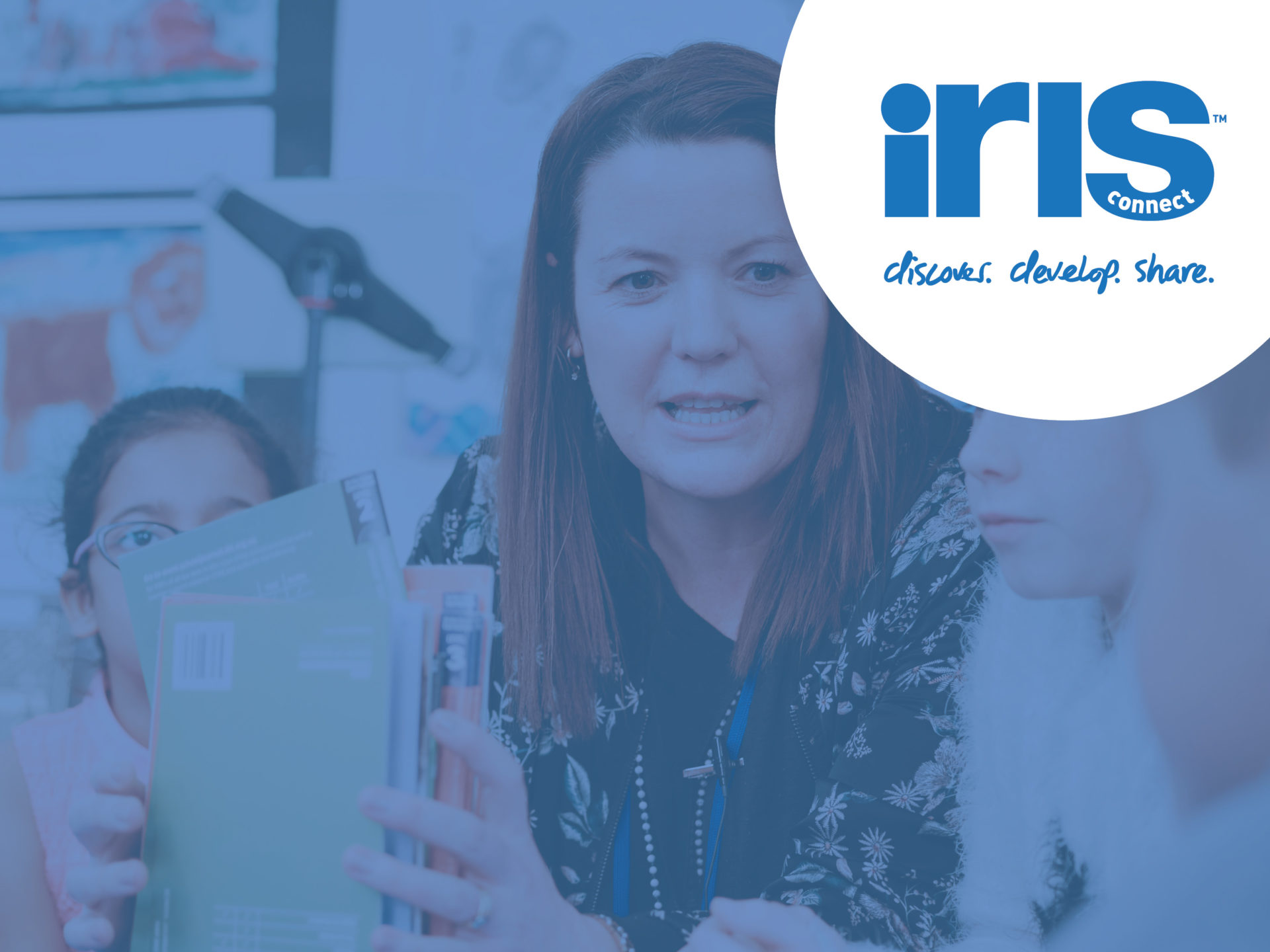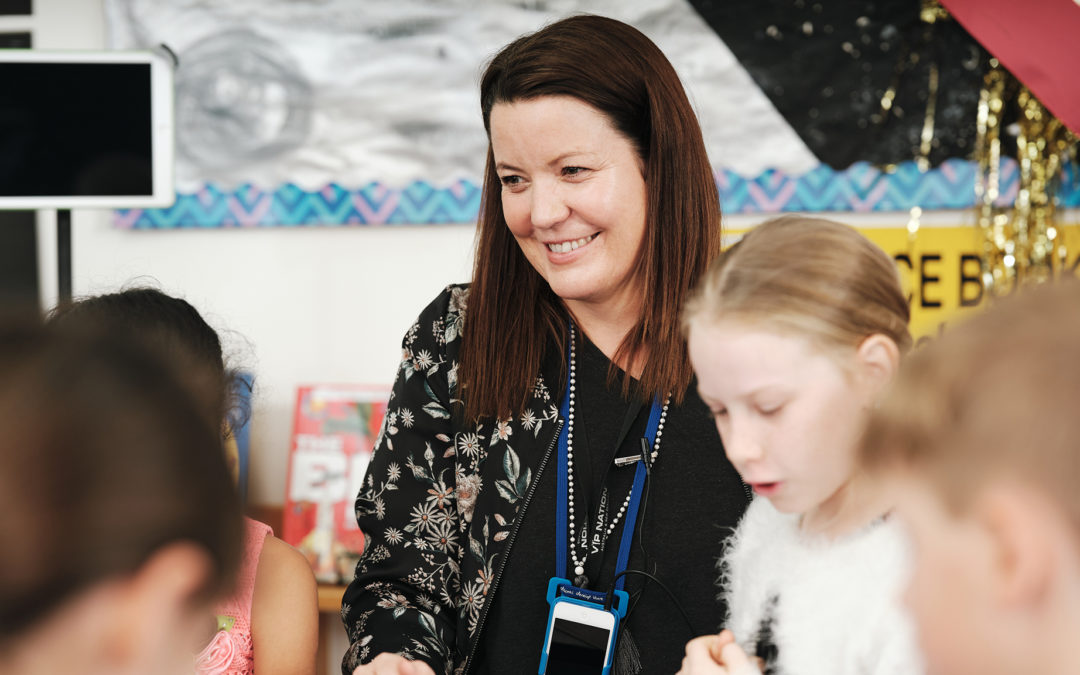Written by Christophe Mullings
“We do not learn from experience…we learn from reflecting on experience.” – John Dewey
Reflection is a core component of effective professional development and key to becoming a skilled teacher.
Meaning a teacher’s ability to reflect on what, why and how they do things, and to adapt and develop their teaching, is what makes them excel.
What is reflective practice in teaching?
Reflective practice is ‘learning through and from experience towards gaining new insights of self and practice’ (Finlay, 2008).
It requires teachers to look at what they do in the classroom and think about why they do it and if it works – a process of self-observation and self-evaluation.
Often described as a tool that teachers can use to observe and evaluate the way they behave in their classrooms; reflective practice can be both an individual process, as well as one that they discuss with colleagues and/or leaders.
Many teachers already think about their practice and talk to colleagues about it too. However, without adequate time and structure spent on or discussing what has happened, these conversations don’t actually help teachers to change their practice for the better.
Reflective teaching is a more systematic process of collecting, recording and analysing a teacher’s thoughts and observations, as well as those of their students, and then going on to making changes. It’s not a once and done approach to professional learning, but a cyclical process that needs to occur regularly if it is to have an impact.
The importance of reflective practice in teaching
Reflective practice in teaching is arguably one of the most important sources of personal professional development and improvement. Effective teachers are first to admit that no matter how good a lesson is, their practice can always be improved.
Reflective teaching is important because it’s a process that helps teachers to collect, record, and analyse everything that happened in the lesson. It allows teachers to move from just experiencing, into understanding. If they don’t question themselves about what their experiences mean and think actively about them, research has shown that they won’t make any changes and therefore improve.
When teachers collect information regarding activities in their classrooms and take the time to analyse them from a distance, they can identify more than just what worked and what didn’t. They will be able to look at the underlying principles and beliefs that define the way they work. This kind of self-awareness is a powerful ally for a teacher, especially when so much of what and how they teach can change in the moment.
The effect of reflective teaching in schools
Encouraging reflective practice in schools not only benefits individual teachers but the school as a whole.
Developing a culture of reflective practice improves schools by creating a strong foundation for continuously improving teaching and learning. It sends the message that learning is important for both students and adults, and that everyone is committed to supporting it.
It creates an environment of collaboration as teachers question and adapt both their own practice and that of their colleagues. Teachers can team-up, drawing on expertise and offer to support each other. This develops best practices across the school, resulting in a more productive working environment.
But reflective practice in teaching is not just important for teachers and schools. According to research by Professor John Hattie, developing excellence in teaching has the single most powerful influence on student achievement as well.
5 benefits of reflective teaching
“If you are anything like me, you’ve spent years putting reflection on the back seat. Other things seemed more important. But, when I finally gave reflection the respect it was due and made it a daily practice, things changed in my own life, and in my classroom for my students.” – A.J. Juliani, Author and Education and Innovation Specialist
1. Professional growth
Firstly, and most importantly, reflective practice is the key to improvement. If teachers don’t think about, analyse and evaluate their professional practice, they cannot improve. Also, once teachers start to take ownership of their professional learning in this way, their confidence grows.
2. Keeping up-to-date and innovative
Just as you wouldn’t want to be operated on by a surgeon who wasn’t familiar with the latest techniques, you probably won’t want to be taught by someone who doesn’t know the best and most innovative ways that are proven to have a positive effect on teaching and learning. Reflective practice allows teachers to create and experiment with new ideas and approaches to gain maximum success.
3. Understanding learners
Reflective practice encourages teachers to truly understand their learners, including their abilities and needs. Reflection helps teachers to put themselves in their students’ shoes, which is something many skilled teachers do. Stephen Brookfield (1995) believes that, “Of all the pedagogic tasks teachers face, getting inside students heads is one of the trickiest. It is also the most crucial.”
4. Developing reflective learners
Reflective teachers are more likely to develop reflective learners. If teachers practice reflection, they can more effectively encourage learners to reflect on, analyse, evaluate and improve their own learning. These are key skills in developing them to become independent learners.
5. Humility
“Implementing extreme ownership requires checking your ego and operating with a high degree of humility. Admitting mistakes, taking ownership and developing a plan to overcome challenges are integral to any successful team.” – Jocko Willink
When we reflect, we must be honest. At least honest with ourselves about our choices, our success, our mistakes, and our growth. Meaning that self-reflection acts as a constant reminder to teachers to stay humble and continue working hard to achieve results.
How to reflect on teaching: Getting started with reflective practice and tools to help
There are many reasons why a teacher may decide to begin a process of reflection. It could be in response to a particular problem they’re having in the classroom or simply as a way of finding out more about their teaching. Whatever the motivation, it’s important to know how teachers can get started with reflective practice.
The first and most important step of reflective practice is to gather information about what happens in the classroom, so it can be reviewed and analysed. Here are some different ways of doing this:
Teacher diary/journal
After each lesson, teachers can write in a notebook about what happened, noting their own reactions and feelings as well as those of the students. However, because this relies on a teacher’s ability to recall things in as much detail as possible, not to mention a certain discipline in taking the time to do it on a regular basis, it’s not as thorough or reliable as other methods.
Peer observation
Teachers can invite colleagues to come into their class to collect information about their lessons and offer feedback. This may be with a simple observation task or through note-taking and could relate back to the area the teacher has identified they want to reflect upon. The problem here is that the teacher and observer may not agree on what they saw or experienced, causing confusion and conflict.
Videoing practice
Video recording teachers’ lessons are valuable because a recording provides an unaltered and unbiased vantage point for how effective the lesson was from both a teacher and student perspective. A video also acts as an additional set of eyes to catch disruptive behaviour that the teacher may not have spotted at the time.
This quote from Professor John Hattie sums it up nicely:
“If you look at the research, it says that about 80% of what happens in a class a teacher does not see or hear. How can we get more eyes into the class? How do you get other teachers going in there, looking at the impact and feeding back to help the teacher see what it’s like being a student in their classroom? I’m a great fan of recording classrooms and using video to show teachers how they look to students. That’s the power of video, it’s another way to see your impact.”
Once a teacher has gathered information on their lesson, the next step in reflecting on their teaching is to analyse it. But what should they be looking for? Here are some suggested reflection activities.
6 activities for practicing reflective teaching:
- The ratio of interaction – How much are students responding to the teacher, versus how much is the teacher talking to them? Is there a dialogue of learning in their classroom or is the talking mainly one-sided?
- Consistent corrections – Is the teacher correcting the students consistently? Teachers should avoid inconsistency; such as stopping a side conversation one day but ignoring it the next, as this will cause confusion with students and the feeling that the teacher is being unfair.
- Opportunities to respond – Is the teacher giving the students enough opportunities to respond to what they are learning? Responses can include asking students to answer questions, promoting the use of resources such as whiteboards or asking students to discuss what they have learnt with their neighbour.
- Type and level of questions – Do the questions the teacher is asking match the method of learning that they want to foster in their classroom? The type of questions they ask their students can include open or closed, their opinion on certain topics, or right or wrong. Is the level of questions they’re asking appropriate for the students’ level of learning?
- Instructional vs. non-instructional time – The more students are engaged in learning activities, the more they will learn. Teachers should try to keep track of how much time they give to learning activities compared to how much is spent on other transitional things such as handing out resources or collecting work at the end of the lesson.
- Teacher talk vs. student talk – Depending on the topic, teachers must decide how much students should be talking about what they’re learning compared with how much they should be talking to them.
Using video for reflective practice: What the teachers say
Video brings a new level of depth and awareness to teacher reflection; a firsthand sense of self rather than the hearsay of others, making it a highly effective tool for teacher professional development.
“IRIS Connect does not forget anything. It records exactly what happens, the beauty about that is the reflection is a genuine reflection – so you can’t say ‘I thought’ ‘I think’, the evidence is right there, so it allows are really clear and transparent reflection for the teacher. That has been one of the most powerful things I have observed. IRIS Connect lets us have really honest and productive conversations of areas of improvement for all teachers.” – Sally Wilson, Principal, Kamo Primary School
IRIS Connect enables teachers to easily video their lessons and capture an objective record of teaching and learning. Using the IRIS Connect app, teachers record their lessons which are automatically uploaded to a web platform. Once there, they can privately view the videos and annotate their teaching practice using time-stamped comments and analytical tools. If they choose to, they can also share their videos with trusted colleagues, inviting them to give their professional feedback and advice.
These videos become an invaluable resource for the individual teacher and wider school, allowing many teachers to benefit from the solutions of successful teachers.
Want to find out more about how IRIS Connect can help your school to further improve its teaching and learning? Get in touch.
More about Reflection
When teachers collect information regarding activities in their classrooms and take the time to analyse them from a distance, they can identify more than just what worked and what didn’t. They will be able to look at the underlying principles and beliefs that define the way that they work. Download Your Practical Guide to: Enabling Effective Teacher Reflection to discover more about encouraging effective reflection amongst teachers in your school.


